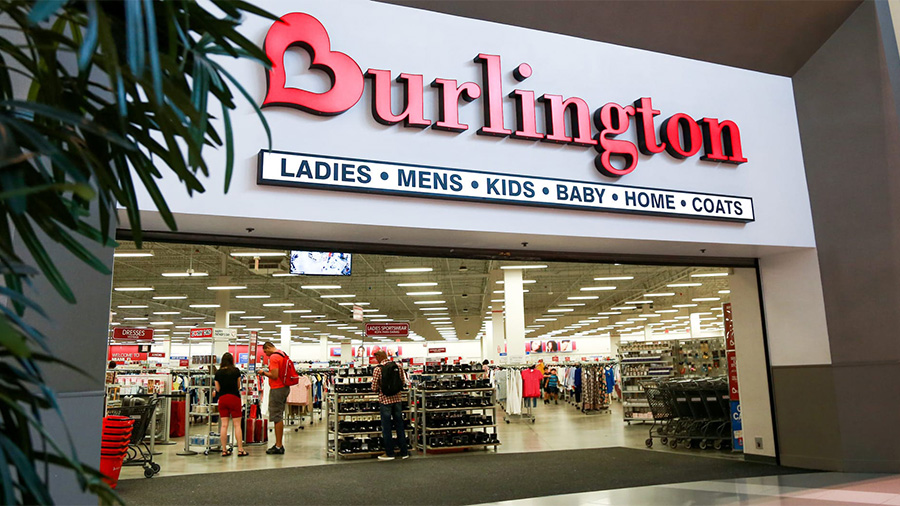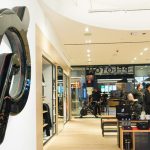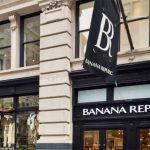S&P Global Ratings affirmed its debt ratings on Burlington Stores, Inc. despite the off-price retailer facing declining consumer discretionary spending among its core customer base while its value proposition, relative to traditional retailers, has narrowed amid industry-wide clearance activities.
S&P affirmed its ‘BB+’ issuer credit rating on Burlington because it believes its elevated leverage and contracting profitability reflect temporary performance challenges that should abate over the next 12 months. At the same time, it affirmed its existing ‘BBB-‘ ratings on its recently upsized $900 million ABL facility, and its term loan facility ($946.3 million outstanding as of July 30, 2022).
The stable outlook reflects S&P’s view that Burlington’s business model can withstand the temporary setback and that its performance will likely recover in 2023, leading to deleveraging to about 3x.
S&P said, “We expect much of the challenges that Burlington faces will ease over the next 12 months. The stable outlook reflects our view that Burlington’s operating challenges will moderate, and our expectation that management could reduce debt if weak performance persists. The company has faced a challenging macroeconomic environment during the first half of 2022, with unfavorable consumer purchasing trends and increasing competitive pressures from traditional retailers. We believe these headwinds are transitory and will improve in 2023, which should allow sales and profitability to recover.
“We believe Burlington’s weak sales performance in the first half of 2022 will persist through the second half of the year and ease in 2023. The company reported comparable store sales declines of 18 percent in the first quarter and 17 percent in the second quarter of 2022. We attribute the contracting top line to two primary factors. First, its customer base is facing increasing financial strain amid persistent inflation that is driving a bigger share of consumers’ wallets to essentials. We believe the effect on Burlington’s financial performance is more pronounced relative to its closest peers because of its greater concentration of lower-income customers. Second, excessive inventory positions among the broader retail industry have led to substantial clearance activity this year. Efforts to right-size inventory across the retail landscape, including at big box retailers like Target and Walmart, have caused a narrowing value gap between Burlington’s off-price product offering and traditional retailers’ merchandise. We believe these pressures will continue through the remainder of 2022 amid ongoing clearance activity at traditional retailers. This leads to our forecast for revenues to decline by 7.7 percent in 2022.
“We anticipate cleaner retail inventories next year that will lead to lower promotional activity and a normalizing value gap between off-price and traditional retail. This should benefit customer traffic at Burlington. Meanwhile, we believe Burlington will be a beneficiary of trade-down effects as more consumers take an increasingly value-oriented stance to their shopping habits amid a weak macroeconomic environment (S&P Global projects a shallow recession in the first half of 2023). We also believe management will improve its ability to react to sales trends and adjust in-store merchandise accordingly to capture more sales. We expect comparable sales to turn positive again in 2023, while new unit openings contribute to double-digit sales growth.
“We believe the company’s profitability will start to recover in the second half of 2022 due to an improving supply chain environment and tighter expense management. Burlington’s S&P Global Ratings’ adjusted EBITDA margin contracted over 500 basis points (bps) in the first half of 2022 to 12.6 percent. We attribute the weaker profitability to lower-than-planned sales, contracting merchandise margin, as well as ongoing freight and supply chain cost pressures. In the second half of 2022, we believe management’s efficiency initiatives and an improving supply chain environment will lead to better profitability, leading to our forecast for S&P Global Ratings-adjusted EBITDA margin of 14.2 percent for the full year. In 2023, an improved cost environment and sales growth should allow Burlington’s EBITDA margin to rebound to 16 percent or more.
“We believe Burlington’s leverage will improve to below 3x over the next 12 to 24 months. We forecast S&P Global Ratings-adjusted leverage of 3.4x in 2022, up from 2.2x in fiscal 2021, due to constrained EBITDA generation and lower cash resulting in higher adjusted debt. We expect a lower cash balance at the end of the year relative to the $1.1 billion reported at the end of 2021, driven by its growth-related capital expenditures, share repurchases, reserve inventory purchases, and subdued earnings. Still, we believe recovering sales and improving profitability will lead to leverage declining to about 3x in 2023 and approaching the mid-2x area in 2024. Furthermore, while the company has no stated leverage target, we believe management will seek to improve its credit metrics toward pre-pandemic levels (its S&P Global Ratings-adjusted leverage was 2.6x in 2019). This could include reducing debt if performance does not rebound as quickly as we have forecasted. However, debt reduction is not currently included in our base-case forecast.
“The stable outlook on Burlington reflects our expectation that its performance will rebound over the next year. We anticipate a 7.7 percent revenue decline in 2022 followed by double-digit revenue growth in 2023. Meanwhile, we forecast an EBITDA margin of 14.2 percent in 2022 to expand by about 200 bps in 2023. This should lead to improving credit metrics with leverage declining to around 3x in 2023 from our projected 3.4x in 2022. We do not anticipate leverage increasing above 3.5x on a sustained basis.”
















